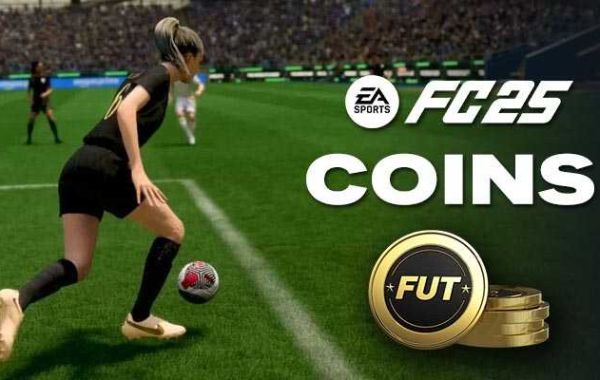Here's a breakdown of how URL shorteners work, keeping safety and ethical considerations in mind:
1. The Shortening Journey:
User Input: You paste a long URL into a shortening service's website or app.
Encoding Algorithm: The service applies a unique algorithm to generate a much shorter string of characters (the shortened URL) to represent the original link.
Storage and Link Creation: The service stores the original URL in its database and creates a redirect link between the shortened URL and the original destination.
2. Clicking the Short Link:
Redirection: When someone clicks the shortened URL, their browser sends a request to the URL shortening service's servers.
Lookup: The service looks up the original URL associated with the shortened link in its database.
Redirect to Destination: The service redirects the user's browser to the original URL, seamlessly sending them to the intended website.
3. Common Algorithm Techniques:
Base 62 Encoding: Many services use Base 62, which combines digits (0-9), lowercase letters (a-z), and uppercase letters (A-Z) to create a larger character set than traditional Base 64, resulting in shorter URLs.
Hash Functions: Some services employ cryptographic hash functions to generate unique shortened URLs, but this method doesn't allow for custom link creation.
Custom Domains: Businesses often use custom domains for shortened links, incorporating their brand name for recognition and trust.
4. Safety and Ethical Considerations:
Reputable Services: Choose shortening services with transparent data practices, privacy controls, and robust security measures to protect user data and prevent malicious redirects.
Hover Before Clicking: Hover over shortened links to reveal the original URL in your browser, allowing you to assess its legitimacy before clicking.
Verify Sources: Be cautious of shortened links from unknown sources, and research the sender and link context to avoid phishing scams or malware.
5. Additional Features:
Analytics: Many services offer click-tracking and analytics, providing valuable insights into link performance and user engagement.
Customization: Some services allow you to create branded shortened links or personalize them with keywords.
Integrations: URL shorteners often integrate with social media platforms, marketing tools, and other online services for seamless sharing and tracking.
By understanding the mechanisms and best practices of URL shorteners, you can leverage their convenience and benefits while ensuring a safe and ethical online experience for yourself and others.
source:https:link shortener free







